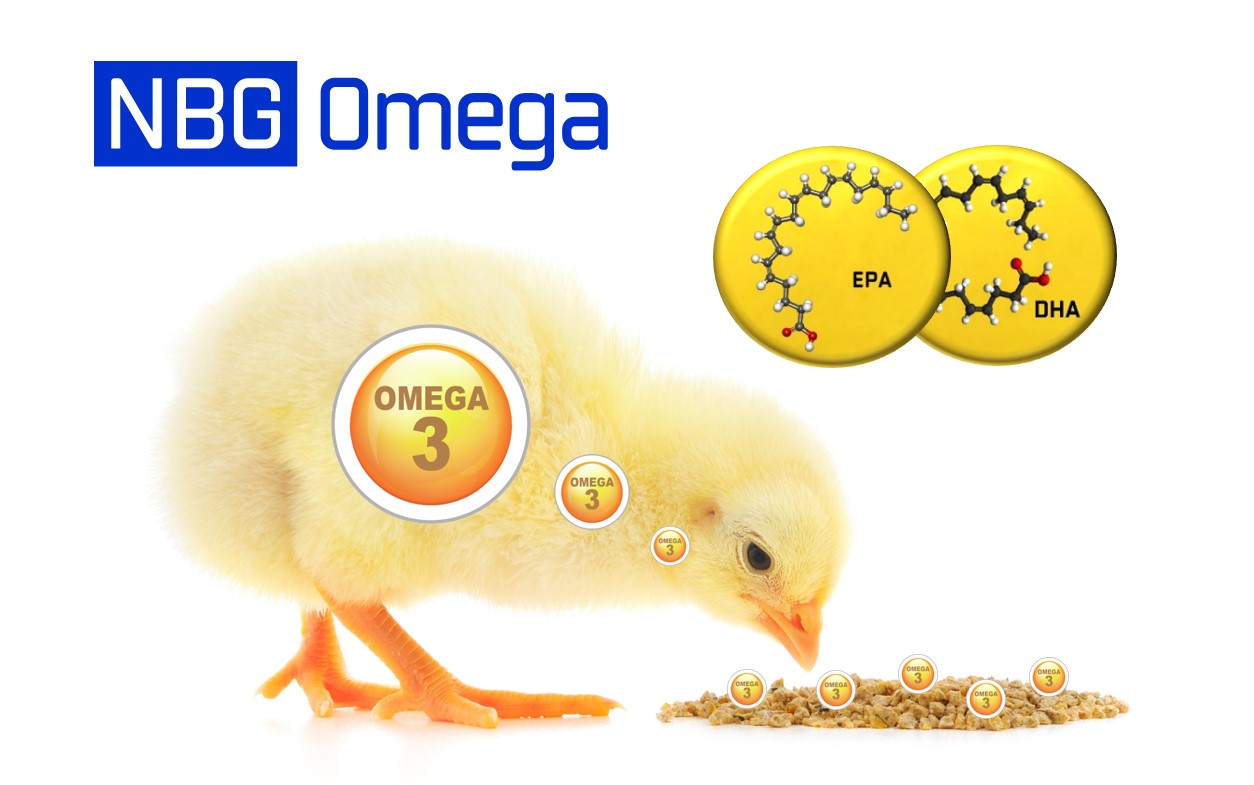Positive effect of eicosapentaenoic acid (EPA) and docosahexaenoic acid (DHA) on animal performance

Dear colleagues,
It is well known how omega-3 fatty acids, especially the long-chain EPA and DHA, can reduce inflammation in the body by competing with omega-6 fatty acids for cyclooxygenase and lipoxygenase enzymes. EPA and DHA, by producing fewer pro-inflammatory cytokines than those produced by omega-6 fatty acids, reduce inflammation at the metabolic level and therefore also reduce immune stimulation.
By having a lower activation of the immune system, the consumption of nutrients for anabolic or growth processes would be optimized, improving the productive parameters of the animals.
However, there are several issues to consider such as:
– The quality of the source of EPA and DHA that we are going to supply, since being polyunsaturated fatty acids they need to be well stabilized, otherwise we could find ourselves with the opposite effect to the desired one.
– Respect the optimal Omega-3/Omega-6 balance, which varies according to the species but is usually between 0.25 and 0.125.
– Keep in mind that within the omega-3 fatty acids EPA and DHA are usually much more potent than ALA (alpha-linolenic acid).
In NBG we have created the NBG Omega which is a source of EPA and DHA in powder form, highly stable and easy to handle, we also give advice to our customers on the best balance depending on the species and the state of the animal.
Finally, we attach an article showing the improvement of growth and feed conversion rate in broilers when EPA and DHA are included in their diet.
Enjoy the article!

